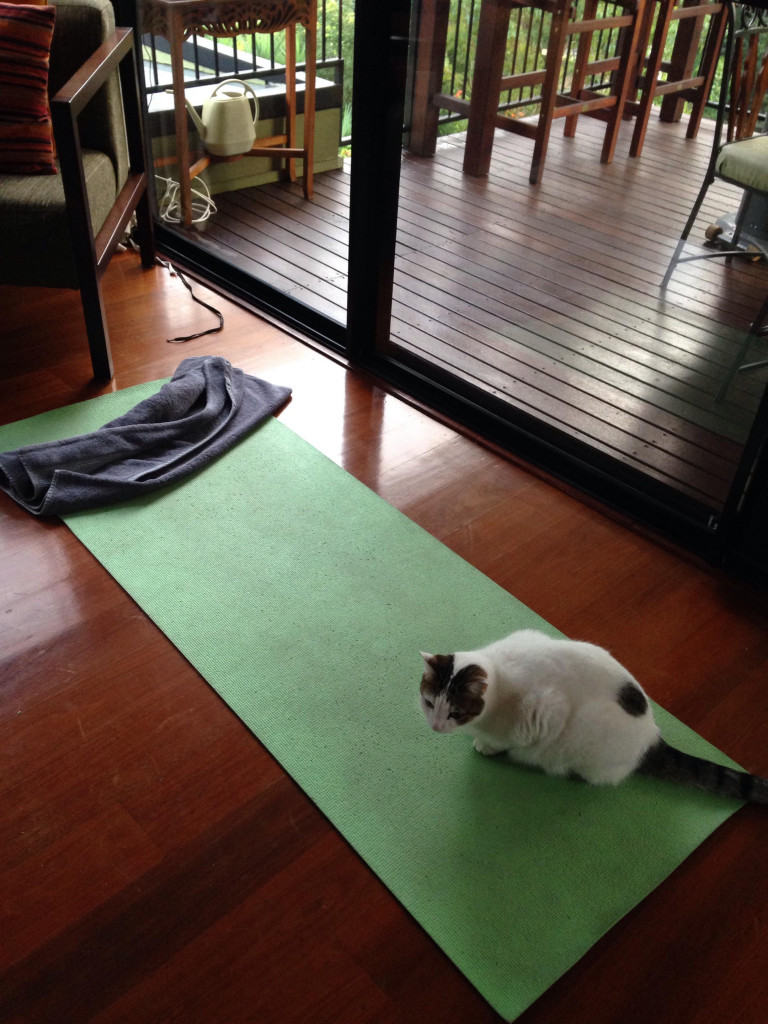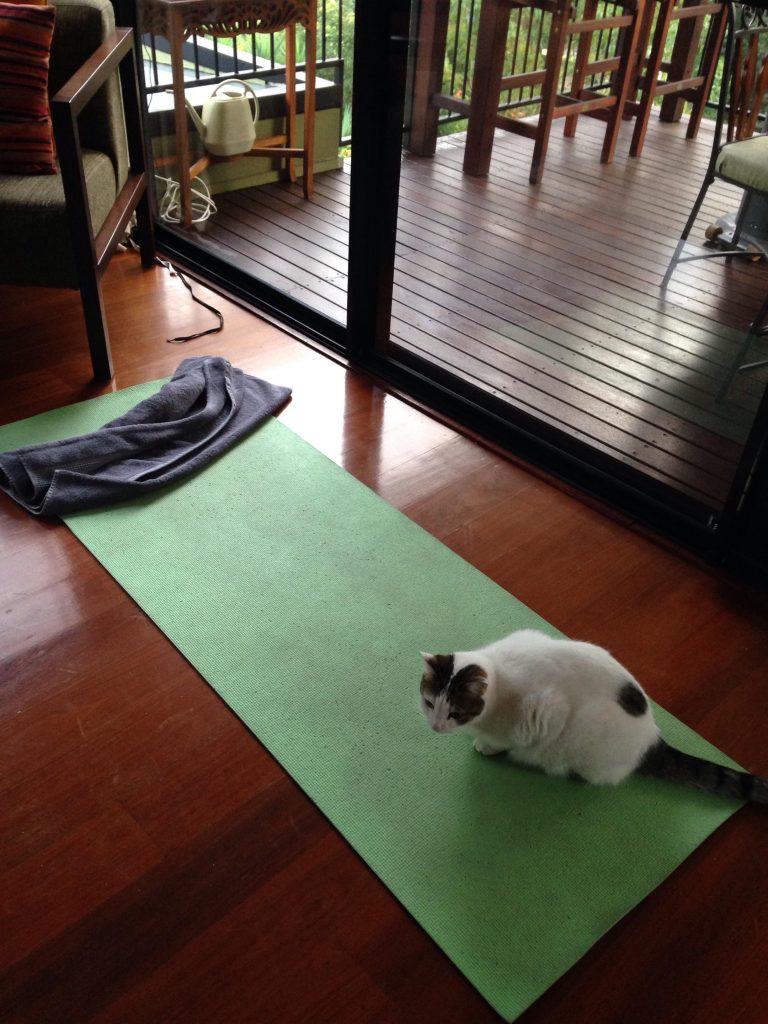The one thing that worked against marketing tactics in yoga is the kind of royalty-free images used proliferating online apart from the copyrighted yoga photos use. [Thanks to Morguefile for the royalty-free image used in this article.]

But most certified yoga trainers are not apologetic about the reputation yoga has earned throughout the years. The bigger challenge though is making said routine palatable to the not-so-flexible beginner crowd. Let the following tips help you condition your body for the yoga routines to follow:
1. Practice in a room where no one sees you. Not even yourself.
This is a given if you have space in your bedroom where you may lay down the yoga mat not parellel to the mirror. If self-consciousness is needed in the yoga sessions, it’s not because you see yourself in the mirror. It’s because you feel the movement within your body in between poses.
2. Feel the breath every time you inhale and exhale.
Sometimes, you only get an idea how your ribcage handles the breathing part when you take about 3 seconds to inhale and 3 seconds to exhale. If not your ribcage, it is your lungs. If coughing out is inevitable whenever you exhale, your body is telling you to quit smoking or, if you’re not a smoker, avoid second hand smoke. The way you inhale also helps your body absorb as much oxygen as possible.
3. Anticipate your “edge” of that part that will challenge the overall session.
Since this blog tackles mostly weight loss variants of the yoga session, the common challenge is the belly. This is why some routines would rather start with you lying on your back with the arms and legs extended out of the edges of the yoga mat. Relaxing in anticipation of the more challenging routines or poses help in conditioning the belly along with the non-challenging parts of the body.
4. Slow down, not stop, to rest.
You realize that you have escalated to higher levels of yoga once dynamism sets in. This is seen in aerial yoga or aerodynamic yoga where switching from one pose to another is a little faster as if practicing moves from an aerobic workout. Doing yoga on your own though lets you switch poses at your own pace. So slowing down to transition better to the next pose is advisable rather than stopping.
5. Self-talk to your joints and other “uncooperative” body parts.
The running joke in some yoga circles is how you end up talking to yourself when you would rather practice yoga at home when not in yoga class. Otherwise, your instructor will be doing the talking for you. It is a way of telling your other parts to move according to the yoga session as mentioned in the manual. Like telling your tailbone to scoop up when trying to do leg raises. Highly advisable when back pains become an issue to the routines.
Conclusion
The moment you are ready to attend your first yoga class is when you get some feedback about certain yoga poses done wrong. Feedback is intended to help you improve, not to highlight your mistakes. Besides, informing your instructor your purposes for attending yoga classes helps in learning the right poses to assume and how to switch properly in between routines. Good luck in your first day of yoga classes.

